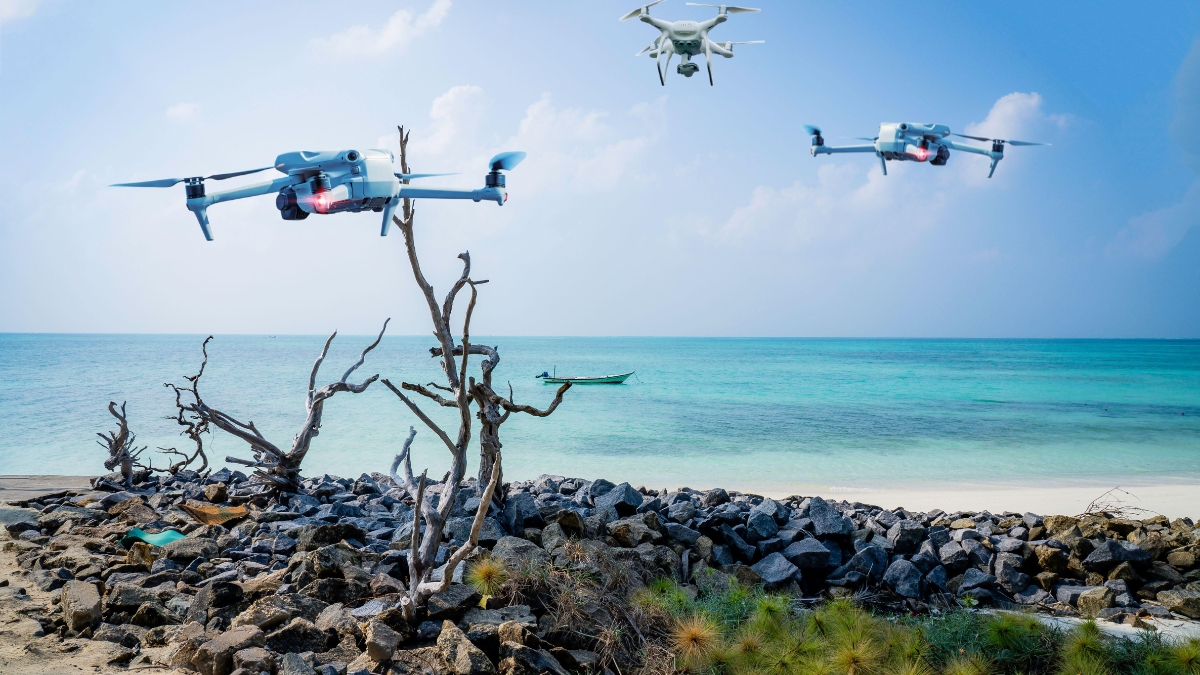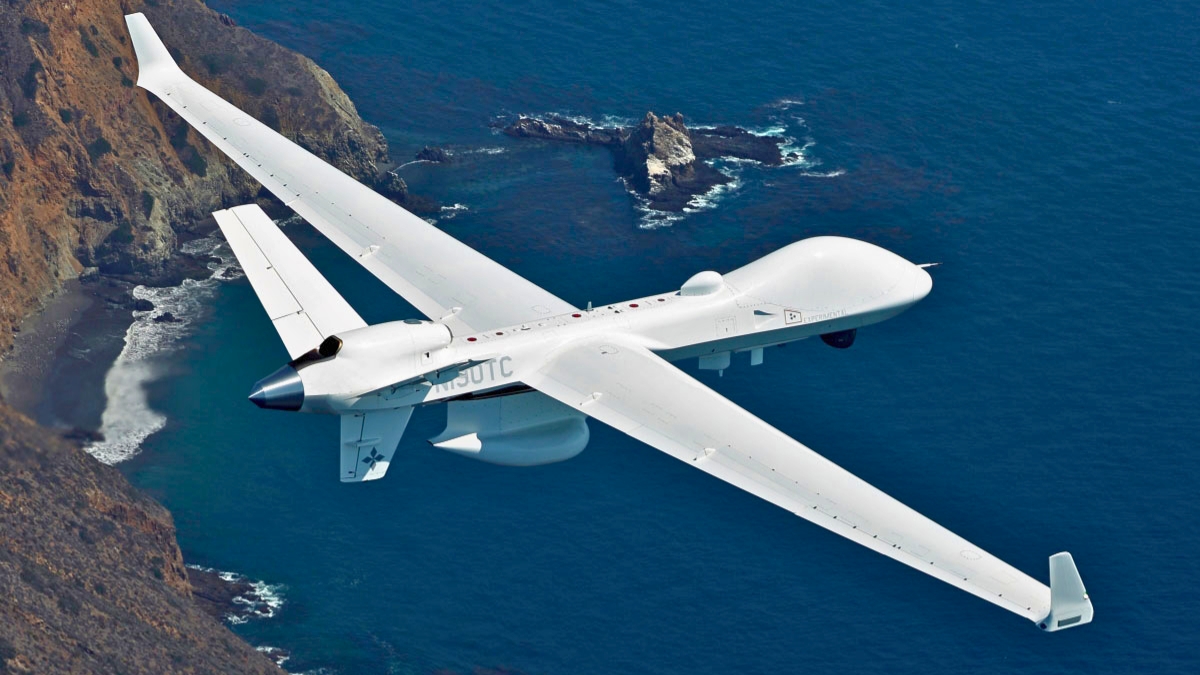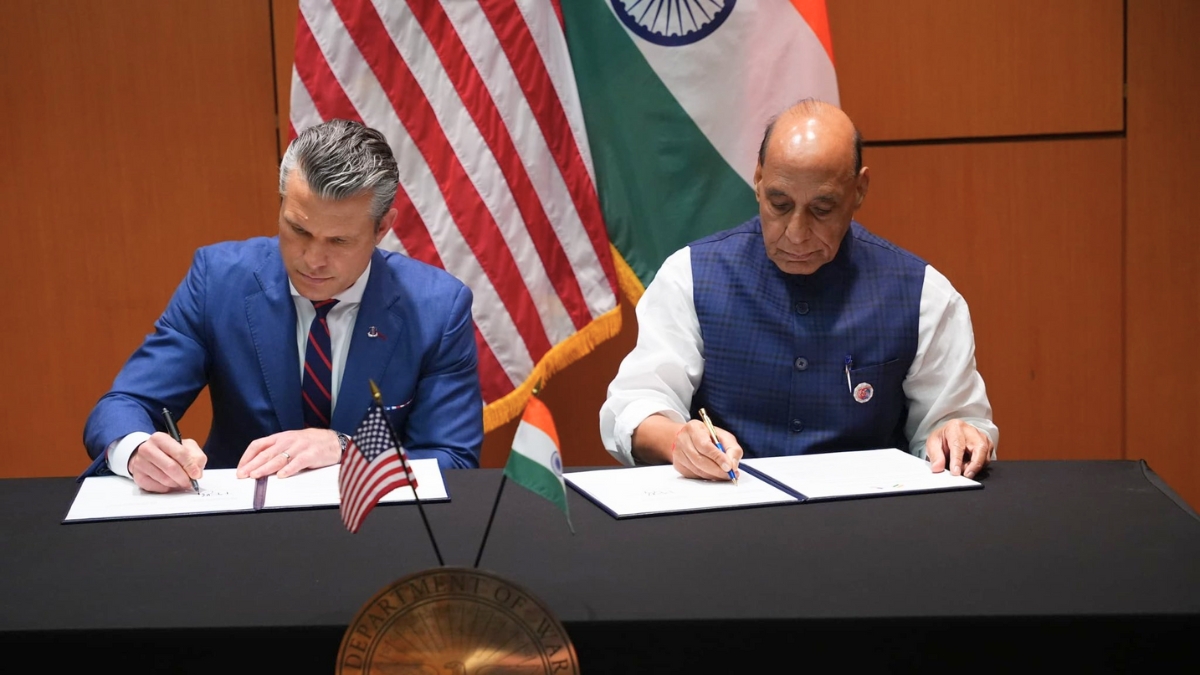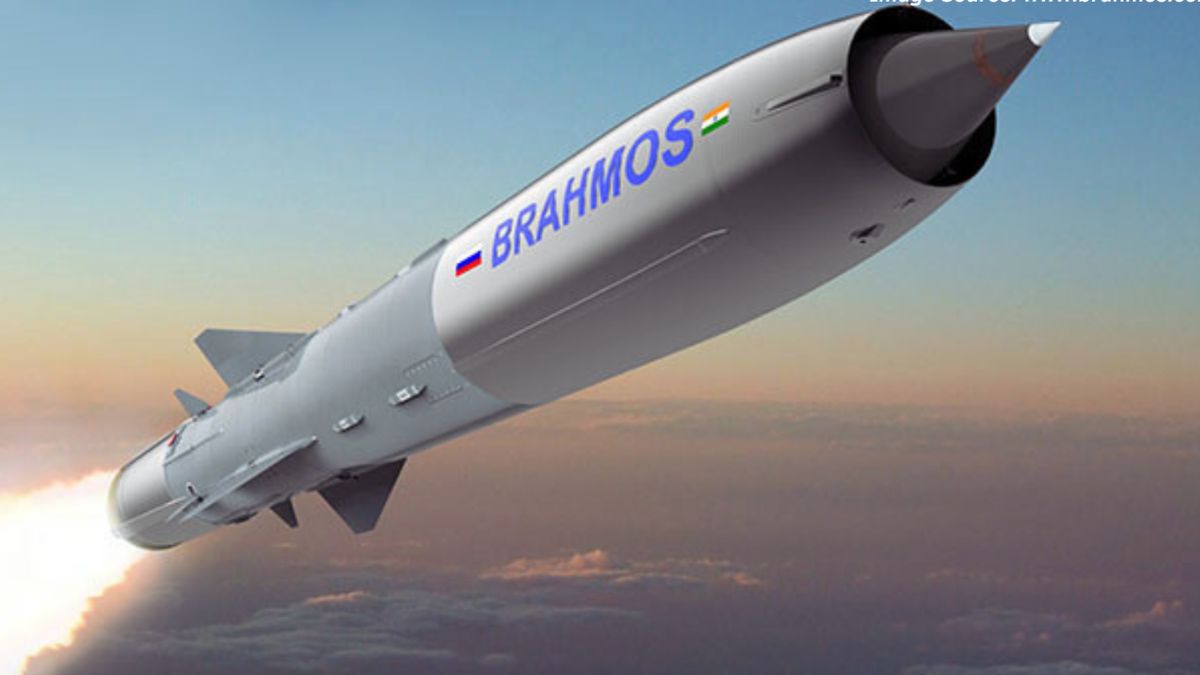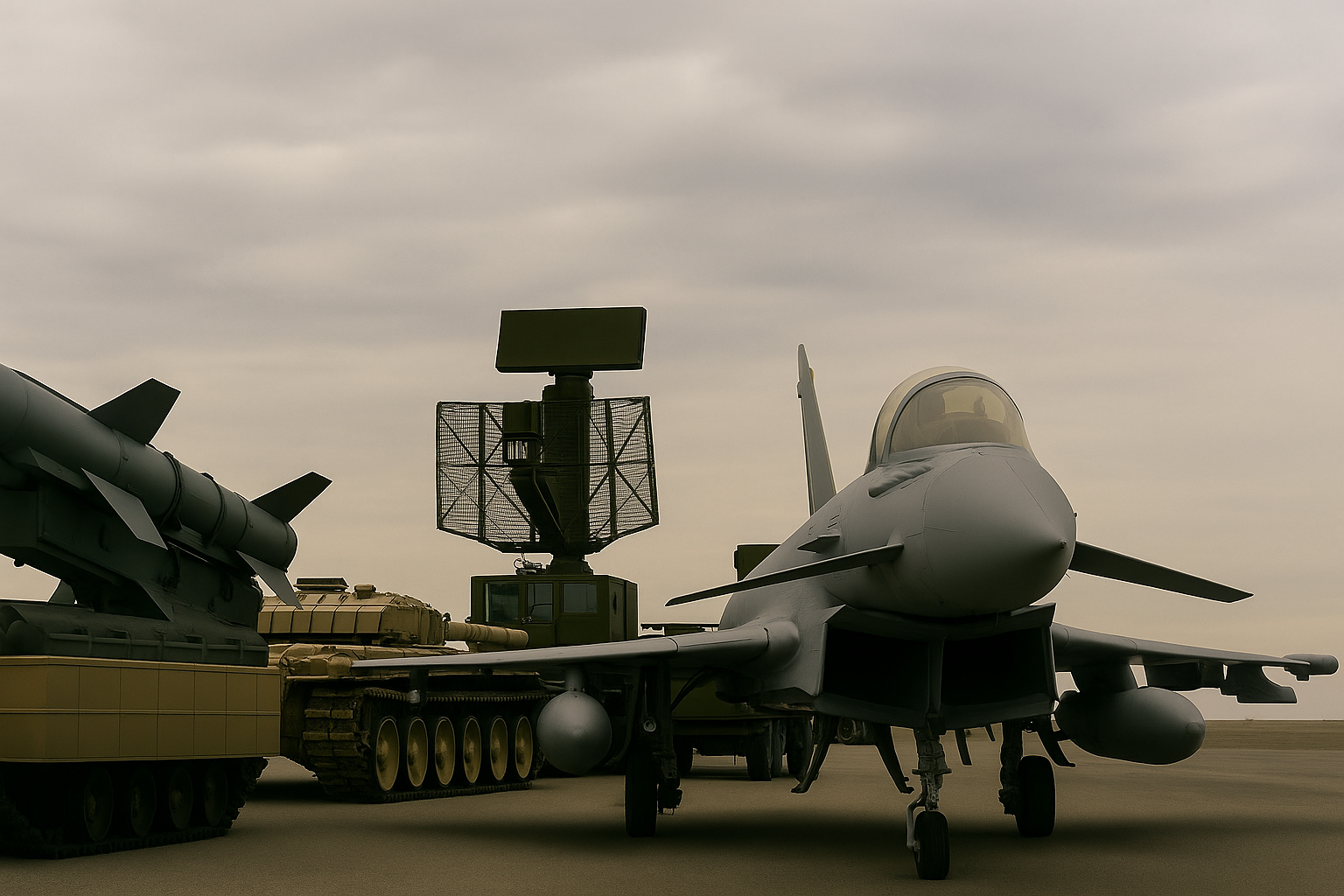Visakhapatnam To Dubai: India’s Oldest Defence Shipyard Courts Global Ship Repair Clients
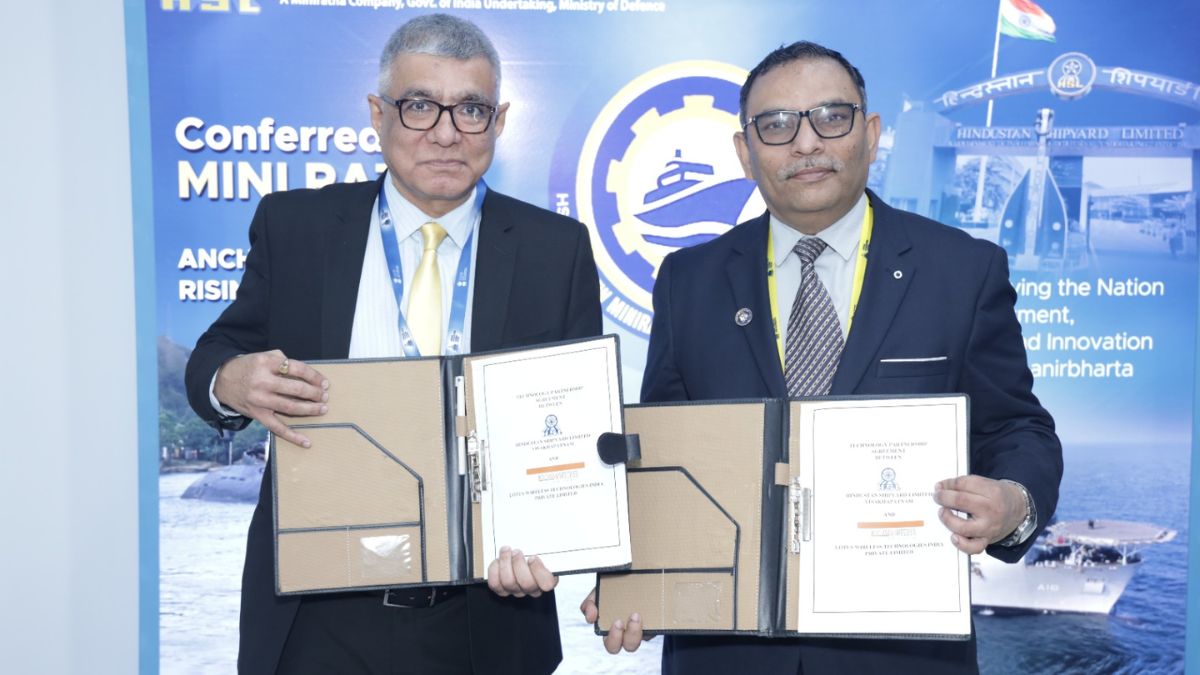
At India Maritime Week, 2025, Hindustan Shipyard Limited inked several MoUs. Image courtesy: HSL
India’s oldest defence shipyard, Hindustan Shipyard Limited (HSL), is quietly repositioning itself from a traditional naval contractor into a contender in the lucrative global ship repair market. Its new partnership with MCI World LLC, Dubai, announced during India Maritime Week (IMW) 2025, marks a calculated entry into the Middle East and North Africa (MENA) maritime corridor — a region that sits astride one of the busiest trade arteries on earth.
HSL’s push is not just about expansion. It is about capturing the post-Suez maintenance and refit trade, long dominated by European yards. With rising regional demand for quick-turnaround ship repair and mid-life upgrades, the Indian shipyard is betting that proximity, price competitiveness, and growing technological capability will help it carve out space in a crowded market.
Why is a foothold in MENA region important for Indian shipbuilding industry?
Based in Visakhapatnam and operating under the Ministry of Defence, HSL has built a formidable reputation for submarine refits, naval support vessels, and complex warship repairs. Its decision to enter the MENA commercial repair segment, through a collaboration with MCI World LLC, reflects a broader pivot in India’s shipbuilding strategy — one that seeks to blend defence-grade engineering with commercial agility.
The partnership grants HSL access to a network of Gulf clients, including port authorities and ship management companies that manage tankers, bulk carriers, and offshore vessels transiting the Red Sea–Suez–Arabian Sea corridor. In return, Dubai’s MCI gains a technical partner capable of handling high-end retrofits and overhauls at competitive rates.
Globally, ship repair and retrofitting have become a high-margin segment within maritime services, offering steadier cash flow than new ship construction. The MENA corridor, stretching from Port Said to Fujairah, has seen increasing congestion due to redirected shipping routes and fleet renewals following the Red Sea security crisis.
HSL’s entry into this zone is both opportunistic and strategic. The firm aims to position itself as part of a “South-South repair corridor”, linking India’s east coast with Gulf-based operations. The commercial proposition is simple: lower repair costs, faster turnaround, and reliable engineering pedigree.
Industry experts note that ship repair services in Europe and Singapore command premium pricing and long lead times.
Can HSL be the new face of India’s maritime diplomacy?
HSL’s move comes as it modernises its facilities in Visakhapatnam to handle larger commercial vessels and advanced green retrofits. At IMW 2025, it showcased partnerships with firms such as the Indian Ports Association and Lotus Wireless India for hydrogen and electric tug technologies under the Green Tug Transition Programme (GTTP).
By entering the MENA repair market, HSL expects not just revenue growth but also technology inflow. Collaboration with Gulf-based operators, who work closely with European OEMs, will give the Indian yard exposure to advanced propulsion and automation systems.
HSL’s international expansion also dovetails with India’s Atmanirbhar Bharat and Maritime Amrit Kaal Vision 2047 policies, which seek to project India as a net security and industrial provider across the Indo-Pacific. The government views ship repair diplomacy as an emerging tool of influence — less visible than warship exports, but more commercially sustainable.
For HSL, the challenge will be balancing defence commitments with its global aspirations. Yet its entry into the MENA market signals that India’s public shipyards are no longer content with domestic contracts alone.

